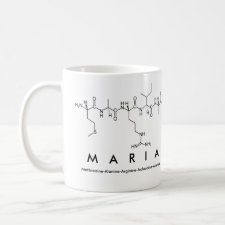
Authors: Garcia R, Martins N, Carreiro EP, Simões M, Carrott MMLR, Carrott PJM, Burke AJ, Cabrita MJ
Article Title: Development of a selective sorbent for the solid-phase extraction of terbuthylazine in olive oil samples: A molecular imprinting strategy.
Publication date: 2015
Journal: Journal of Separation Science
Volume: 38
Issue: (7)
Page numbers: 1204-1212.
DOI: 10.1002/jssc.201401263
Abstract: Aiming to implement an analytical methodology that is highly selective for the extraction and quantification of terbuthylazine from olive oil, we successfully achieved: (i) the development of a molecularly imprinted polymer by bulk polymerization using terbuthylazine as template molecule, methacrylic acid as functional monomer, ethylene glycol dimethacrylate as cross-linker, and dichloromethane as porogen; (ii) characterization of the imprinting material using Fourier transform infrared spectroscopy, thermogravimetric analysis, nitrogen adsorption at 77 K, and scanning electron microscopy; (iii) their molecular recognition for the template molecule using high-performance liquid chromatography, and (iv) optimization of a solid-phase extraction procedure using as sorbent the synthesized molecularly imprinted polymer for the selective extraction and clean-up of terbuthylazine from spiked organic olive oil and further quantification of the pesticide levels by high-performance liquid chromatography. The suitability of the implemented analytical methodology was demonstrated, as concentrations of terbuthylazine below the tolerated maximum residue limits in the spiked organic olive oil samples could be satisfactorily analyzed with good precision/accuracy with high recovery rates (96%). Overall, the implemented methodology has proven to be reliable and robust and is highly promising in the field of sample preparation, particularly for the isolation/preconcentration of terbuthylazine in complex food samples
Template and target information: terbuthylazine
Author keywords: Molecularly imprinted polymers, olive oil, Solid-phase extraction, terbuthylazine



Join the Society for Molecular Imprinting

New items RSS feed
Sign-up for e-mail updates:
Choose between receiving an occasional newsletter or more frequent e-mail alerts.
Click here to go to the sign-up page.
Is your name elemental or peptidic? Enter your name and find out by clicking either of the buttons below!
Other products you may like:
 MIPdatabase
MIPdatabase









